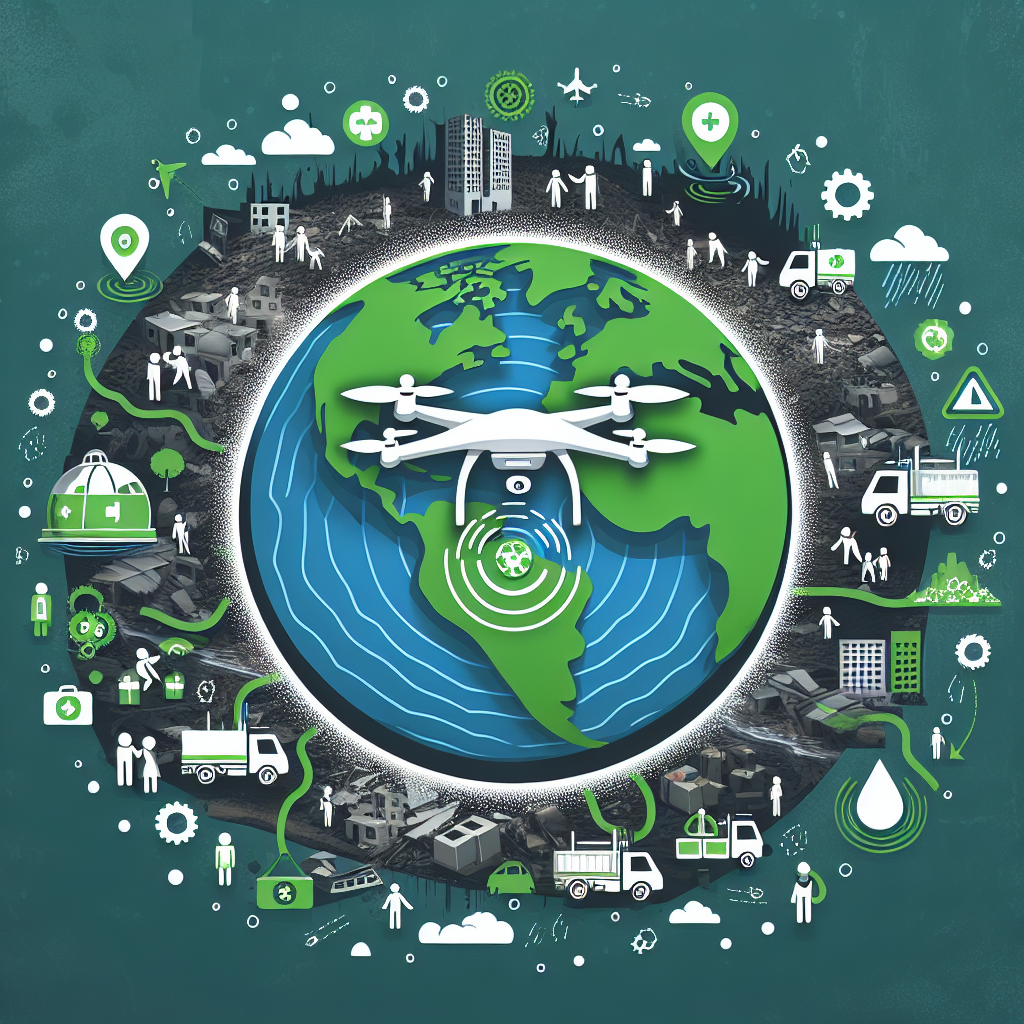Introduction
Artificial Intelligence (AI) has become an increasingly important tool in disaster response and reconstruction efforts around the world. From predicting the path of a hurricane to analyzing satellite imagery to assess damage, AI has the potential to revolutionize how we respond to and recover from natural disasters. However, as with any new technology, there are ethical considerations that must be taken into account when using AI in disaster response and reconstruction.
Ethical Considerations
One of the key ethical considerations when using AI in disaster response is ensuring that the technology is being used in a way that is fair and equitable. For example, AI algorithms that are used to allocate resources or make decisions about who gets assistance in the aftermath of a disaster must be designed in a way that does not discriminate against any particular group of people. This means ensuring that the data used to train the algorithms is representative of the population as a whole and that the algorithms themselves are not biased in any way.
Another ethical consideration is ensuring that the use of AI in disaster response does not infringe on individuals’ rights to privacy. For example, using AI to analyze social media posts or track individuals’ movements in the aftermath of a disaster may raise concerns about surveillance and the potential misuse of personal data. It is important to have clear guidelines in place for how AI technologies can be used in disaster response while still respecting individuals’ privacy rights.
Additionally, there are ethical considerations around the transparency and accountability of AI systems in disaster response. It is important for decision-makers to understand how AI algorithms work and be able to explain the reasoning behind their decisions. This transparency is essential for building trust in AI technologies and ensuring that they are being used in a responsible manner.
Finally, there are ethical considerations around the potential impact of AI on jobs and livelihoods in the context of disaster response and reconstruction. As AI technologies become more sophisticated, there is a concern that they may replace human workers in certain roles, leading to job losses and economic disruption. It is important to consider how AI can be used in a way that complements human labor rather than replacing it entirely.
FAQs
Q: How can AI be used in disaster response and reconstruction efforts?
A: AI can be used in a variety of ways in disaster response and reconstruction efforts. For example, AI algorithms can analyze satellite imagery to assess damage and prioritize areas for assistance. AI can also be used to predict the path of a hurricane or other natural disaster, allowing for better preparation and response.
Q: What are some of the ethical considerations when using AI in disaster response?
A: Some of the key ethical considerations when using AI in disaster response include ensuring fairness and equity in the allocation of resources, respecting individuals’ privacy rights, ensuring transparency and accountability in decision-making, and considering the impact of AI on jobs and livelihoods.
Q: How can we ensure that AI algorithms are not biased in disaster response efforts?
A: One way to ensure that AI algorithms are not biased is to use diverse and representative data when training the algorithms. It is also important to test the algorithms for bias and take steps to mitigate any biases that are present. Additionally, it is important to have mechanisms in place for monitoring and evaluating the impact of AI algorithms on different groups of people.
Q: What are some of the potential benefits of using AI in disaster response and reconstruction efforts?
A: Some of the potential benefits of using AI in disaster response and reconstruction efforts include faster and more accurate assessment of damage, better prediction of future disasters, more efficient allocation of resources, and improved coordination among response teams.
Q: How can we ensure that AI technologies are being used responsibly in disaster response?
A: One way to ensure that AI technologies are being used responsibly in disaster response is to have clear guidelines and protocols in place for their use. This may include mechanisms for ensuring transparency and accountability, as well as safeguards to protect individuals’ privacy rights. It is also important to regularly evaluate the impact of AI technologies on different stakeholders and make adjustments as needed.
Conclusion
As AI technologies continue to advance, they have the potential to greatly improve our ability to respond to and recover from natural disasters. However, it is essential that we approach the use of AI in disaster response and reconstruction with a strong ethical framework in mind. By considering issues such as fairness, privacy, transparency, and job impact, we can ensure that AI technologies are being used in a responsible and ethical manner. Ultimately, the goal is to harness the power of AI to help save lives and rebuild communities in the aftermath of disasters, while also upholding the values of fairness, accountability, and respect for human rights.

